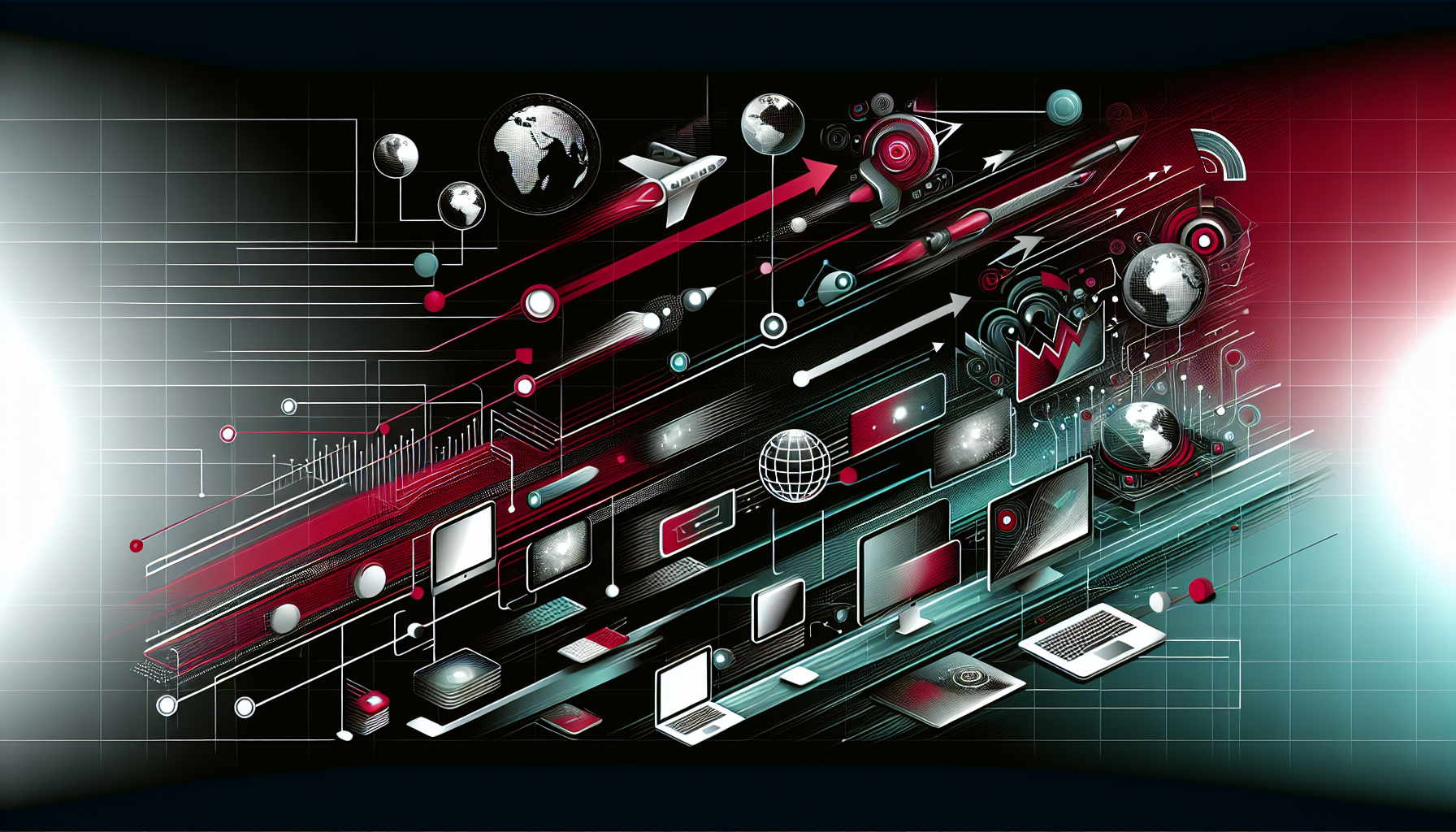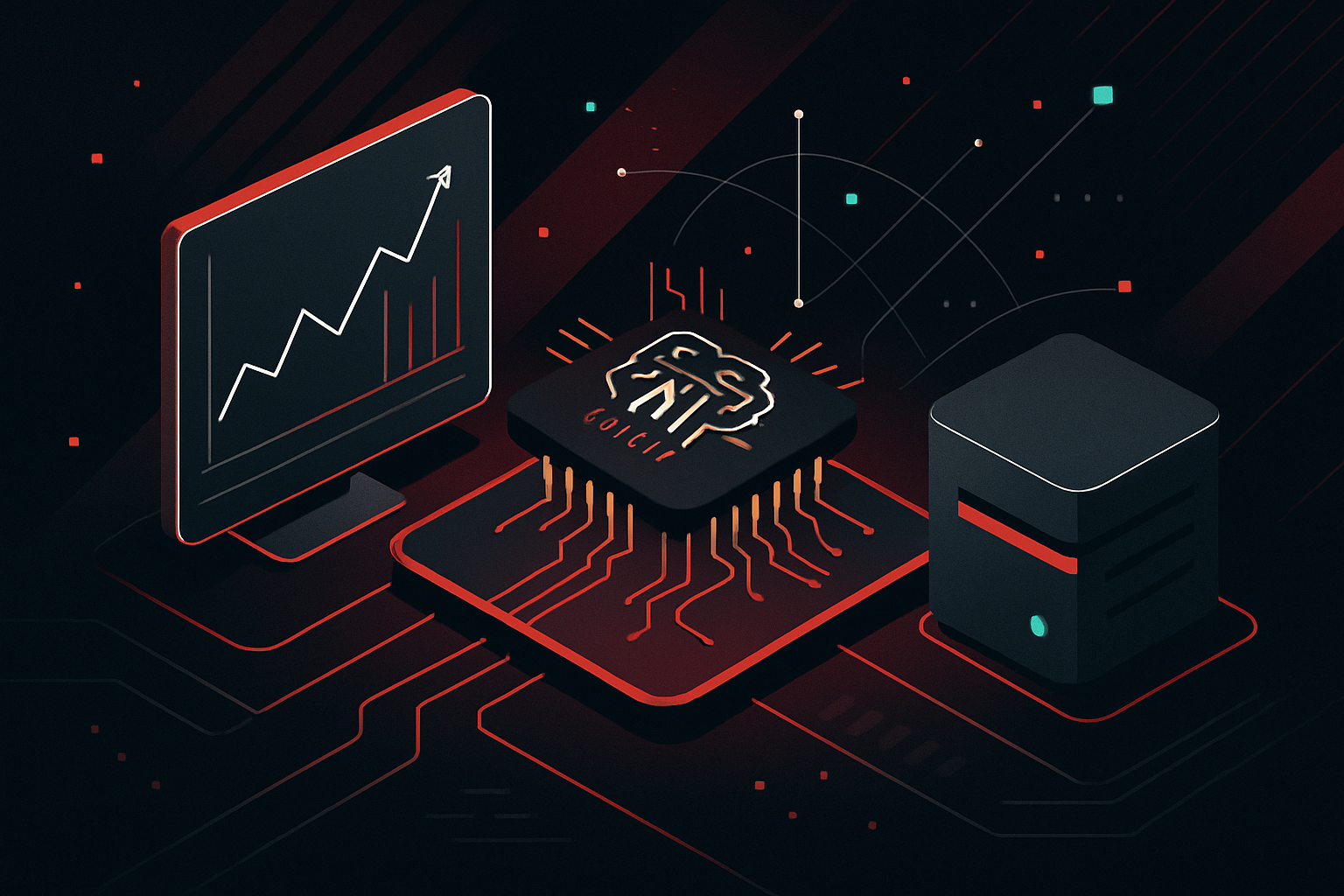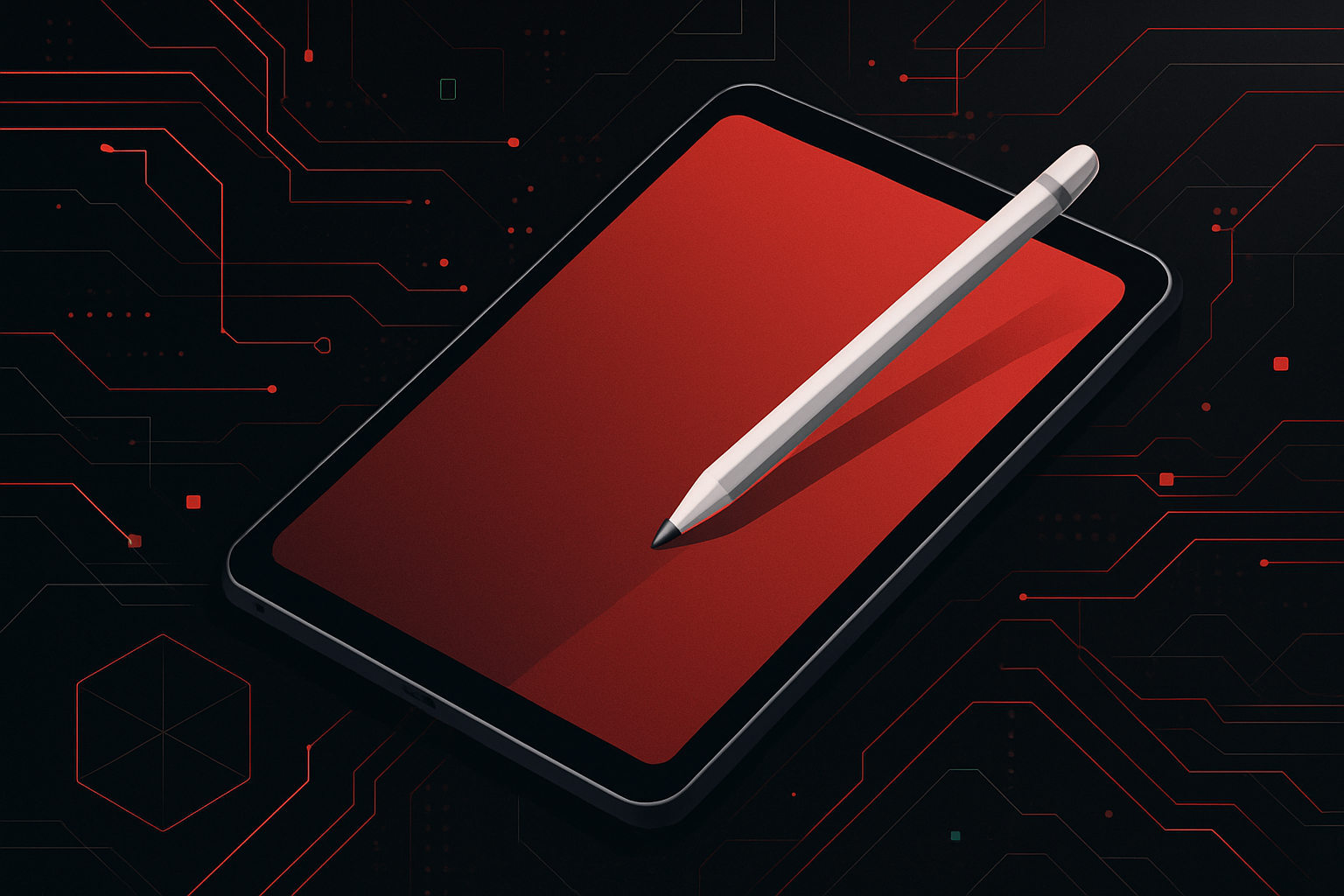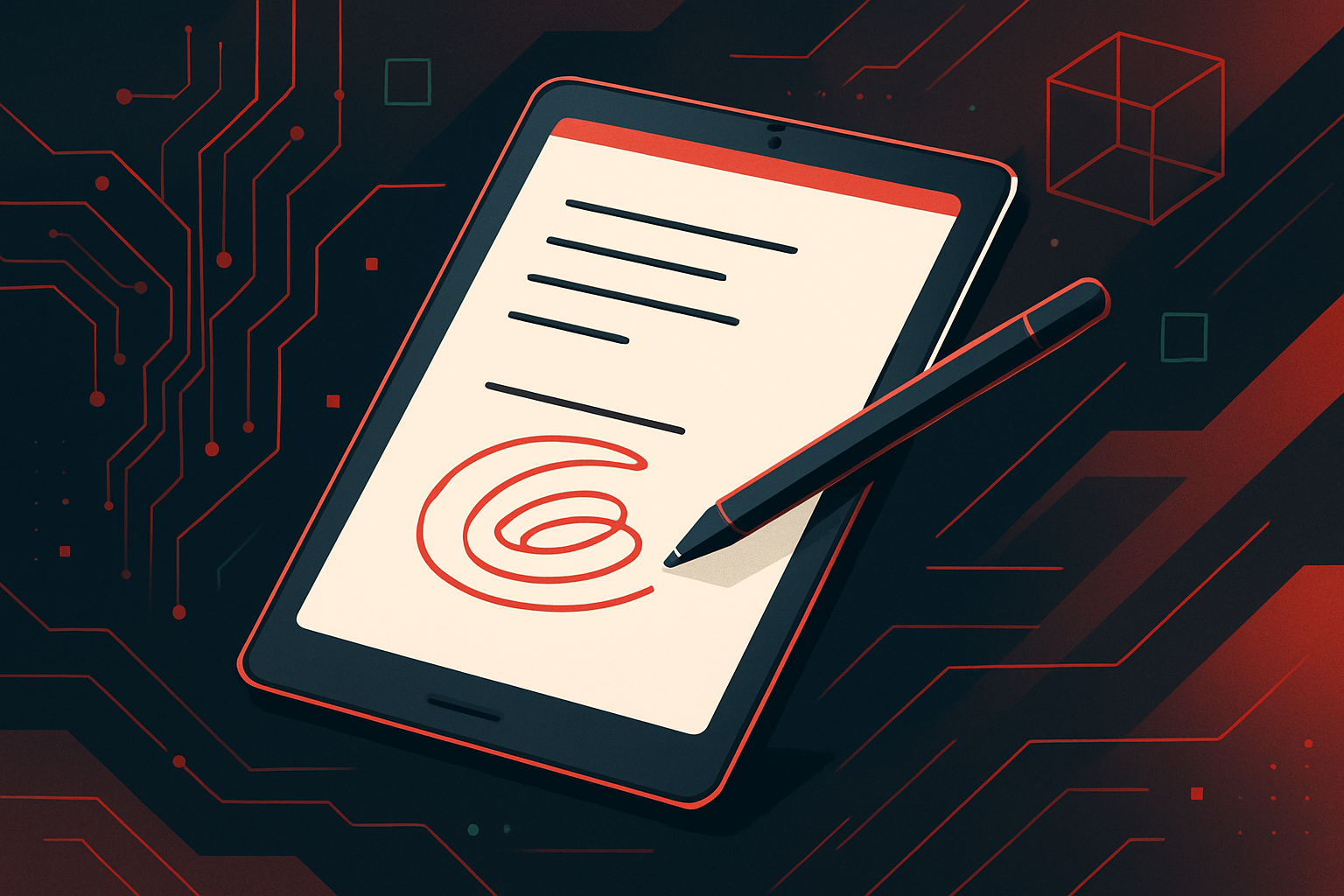The Evolution of the Internet from Web 2.0 to Web 3.0

The Evolution of the Internet from Web 2.0 to Web 3.0
Understanding Web 2.0
Web 2.0 refers to the second generation of the internet, characterized by the shift from static web pages to dynamic and user-generated content, as well as the growth of social media platforms. It focuses on enhancing user experience and interactivity.
Key Features of Web 2.0:
– User-Generated Content: Platforms like YouTube, Wikipedia, and blogs allow users to create and share content.
– Social Networking: Facebook, Twitter, and LinkedIn facilitate social connections and interactions.
– Rich User Interfaces: AJAX, Flash, and HTML5 enable more interactive and responsive web applications.
– Collaborative Platforms: Tools such as Google Docs and Dropbox promote shared workspaces and real-time collaboration.
Technical Components:
– AJAX (Asynchronous JavaScript and XML): Enhances web pages’ responsiveness by allowing asynchronous data fetching without page reloads.
– APIs: Enable integration and communication between different software components.
Transition to Web 3.0
Web 3.0, often referred to as the semantic web or decentralized web, aims to create a more intelligent and autonomous internet by leveraging AI, blockchain, and decentralized technologies. It emphasizes data ownership, privacy, and interoperability.
Core Concepts of Web 3.0:
– Semantic Web: Utilizing machine learning and natural language processing to understand and interpret data contextually.
– Decentralization: Blockchain technology underpins many Web 3.0 applications, ensuring transparency and reducing reliance on central authorities.
– Interoperability: Seamless integration and interaction between different platforms and technologies.
Technological Pillars:
– Blockchain: Provides a decentralized ledger for secure and transparent transactions.
– Smart Contracts: Self-executing contracts with predefined rules, eliminating the need for intermediaries.
– Decentralized Applications (DApps): Applications that run on a blockchain network rather than a centralized server.
Comparison Table: Web 2.0 vs. Web 3.0
| Feature | Web 2.0 | Web 3.0 |
|---|---|---|
| Content Generation | User-generated | Contextually understood by AI |
| Data Control | Centralized | Decentralized |
| Trust | Based on platform | Based on consensus protocols |
| Monetization | Ads and user data | Crypto tokens and decentralized finance (DeFi) |
| User Interaction | Dynamic web pages | Intelligent, personalized interfaces |
| Technological Foundation | AJAX, APIs | Blockchain, AI, IoT |
Building a Simple Web 3.0 Application
To demonstrate Web 3.0 principles, consider building a basic decentralized application (DApp) using Ethereum blockchain. This example will guide you through creating a simple smart contract using Solidity.
Step 1: Setting Up the Environment
– Install Node.js.
– Install Truffle Suite for Ethereum development:
bash
npm install -g truffle
– Install Ganache for a personal Ethereum blockchain.
Step 2: Create a Truffle Project
mkdir MyDApp
cd MyDApp
truffle init
Step 3: Writing a Smart Contract in Solidity
Create a file named SimpleStorage.sol in the contracts directory:
pragma solidity ^0.8.0;
contract SimpleStorage {
uint256 public storedData;
function set(uint256 x) public {
storedData = x;
}
function get() public view returns (uint256) {
return storedData;
}
}
Step 4: Compile and Deploy the Contract
– Compile the contract:
bash
truffle compile
– Deploy the contract to the local blockchain:
bash
truffle migrate
Step 5: Interact with the Smart Contract
Using Truffle console, you can interact with the deployed contract:
truffle console
let instance = await SimpleStorage.deployed()
await instance.set(42)
let value = await instance.get()
console.log(value.toString()) // should print '42'
Actionable Insights for Transitioning to Web 3.0
- Embrace Decentralization: Consider integrating blockchain technology for enhanced security and transparency in your applications.
- Leverage Smart Contracts: Automate processes and reduce reliance on intermediaries by using smart contracts.
- Focus on User Privacy: Adopt decentralized data storage solutions to empower users with control over their data.
- Explore Interoperability: Ensure your applications can easily interact with other platforms and technologies.
- Invest in Learning New Technologies: Stay updated with the latest advancements in AI, blockchain, and IoT to fully leverage Web 3.0 capabilities.
This guide provides a foundational understanding of the shift from Web 2.0 to Web 3.0, highlighting the key features, technologies, and practical steps for developers looking to transition into the next generation of the internet.





0 thoughts on “The Evolution of the Internet from Web 2.0 to Web 3.0”